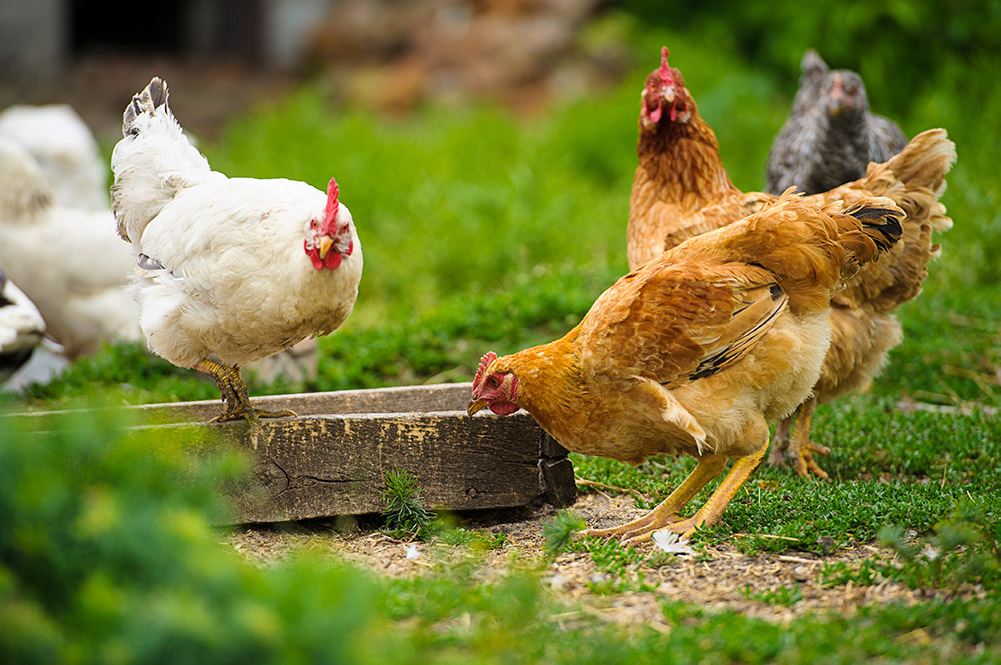Section 4 | Prevention Strategies for Coccidiosis
Industry
Page 21 /
The Costs Add Up: Prevention is key
Coccidiosis is the most costly disease in poultry production. This disease alone is responsible for an estimated cost of $3 billion per year. How?
These costs accrue due to1:
- Poor feed conversion
- Reduced egg production
- Failure to thrive
- Treatment
Due to the drastic effect of coccidiosis in the poultry industry, different control and prevention measures need to be deployed to reduce its impact. Thorough biosecurity practices in combination with anticoccidial drugs were one of the first strategies employed to combat this disease. However, resistance of the parasite to anticoccidial drugs, as well as public pressure to reduce the use of medications in the food chain has led to the search for alternative strategies to prevent this disease2.
Let’s review some of the key preventative strategies for your flock:
- Anticoccidial drugs
- Vaccination
- Utilizing your veterinarian
Listen as we discuss how management practices can impact flock health with producer Alex Innes:
Ask the expert:
Monitor for signs of bird stress and discomfort daily. Are chicks bunched together? This could indicate they are cold. Cold stress can lead to immunosuppression and can reduce a chick’s ability to fight disease. Are chicks or birds making noise? This could also be a sign of stress.
95% of birds should have feed in their crops within 24 hours after placement. You can feel the crops of birds from different areas of the barn to quantify. Preventing gut emptying will also ensure and maintain an adequate gut microflora. Reducing any kind of stressor or factor that might impact a bird’s capacity to fight disease increases the risk of development of coccidiosis and necrotic enteritis!
Producers should be monitoring bird growth closely, particularly within the first week of placement. Ideally, by day 7, birds should have quadrupled their weights.Close monitoring of things like bird weights, as well as feed and water intake can help to identify or pinpoint where problems may have occurred. This allows for better mitigation strategies.
The Chicken Farmers of Canada have developed a series of videos for broiler management. Check out how to assess crop fill here:
For management resources and key performance indicators, check out the Ross Broiler Handbook for evidence-based care recommendations
)
References:
- Blake, D.P., and F.M. Tomley. 2014. Securing poultry production from the ever-present Eimeria challenge. Trends Parasitol. 30:12-19.
- Fatoba, A.J., and M.A. Adeleke. 2018. Diagnosis and control of chicken coccidiosis: a recent update. J of Parasitic Diseases. 42:483-493.